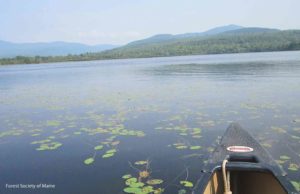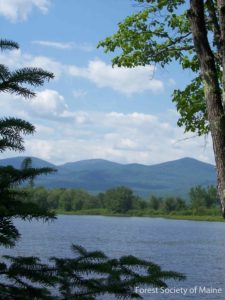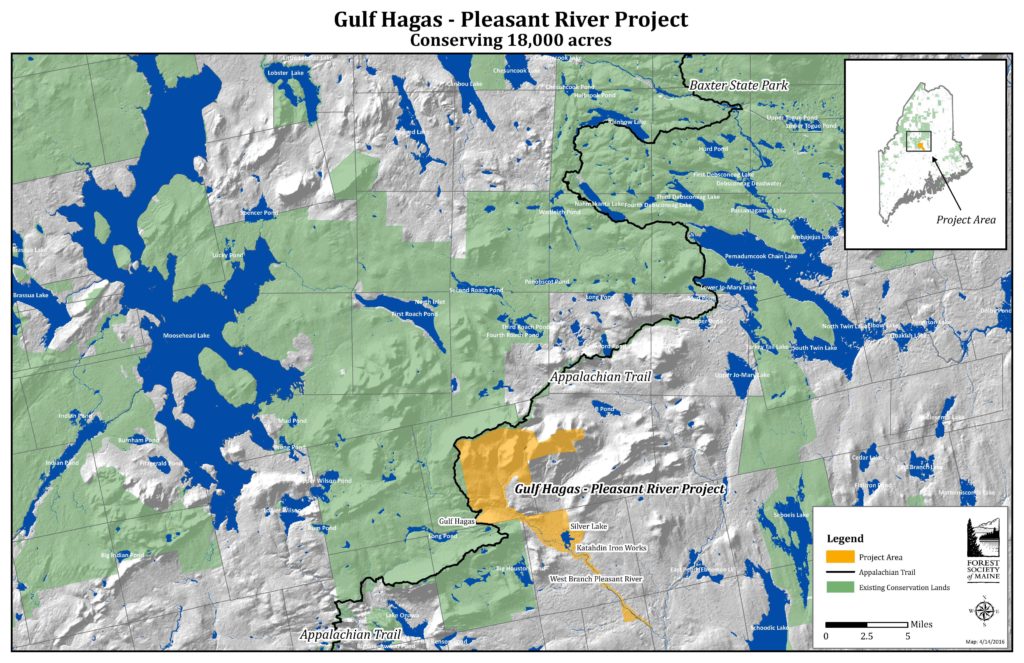As temperatures dip and the nights grow longer, trees aren’t the only ones preparing for colder months. Forest dwelling animals throughout Maine are storing food, eating extra calories, or flying south before snow arrives.

Loons fly to the coast for the winter to find open water, particularly the ocean, and juvenile loons may travel along the coast as far as Florida or the Gulf of Mexico. Did you know that loons have different plumage during the winter? In the summer they sport their iconic black-and-white patterns, but in the winter they molt and regrow feathers in less eye-catching shades of gray. Many neotropical migrants, birds that nest in North America but spend the colder months in South America, have left their summer breeding grounds in Maine’s forest for their winter habitat, making the woods a quieter place.
Others woodland creatures hibernate, and not just the mammals that readily come to mind like bears or skunks. Many amphibians hibernate or become dormant too. Some hibernate underwater or find protected nooks and crannies, while others like wood frogs actually produce antifreeze to protect their vital organs.
 The frosty mornings also mean that some of Maine’s residents, fondly known as snow birds, are preparing to return to warmer climates. For people who enjoy fishing, this time of year means that open water fishing season is coming to an end, but many fishermen and women look forward to ice fishing once lakes and ponds freeze over. Hunting season has now begun and even dogs who spend time in the woods are sporting their blaze orange. Safety first of course!
The frosty mornings also mean that some of Maine’s residents, fondly known as snow birds, are preparing to return to warmer climates. For people who enjoy fishing, this time of year means that open water fishing season is coming to an end, but many fishermen and women look forward to ice fishing once lakes and ponds freeze over. Hunting season has now begun and even dogs who spend time in the woods are sporting their blaze orange. Safety first of course!

 March 2017: For more current information about this project see FSM’s conserved lands page:
March 2017: For more current information about this project see FSM’s conserved lands page:  each year.
each year.

